VeGraph improves accuracy by 2 - 5% over existing methods.
NAACL 2025 (Annual Conference of the Nations of the Americas Chapter of the Association for Computational Linguistics) is the world's leading prestigious scientific forum in the field of natural language processing and computational linguistics.
According to information from Viettel on the afternoon of May 16, the explosion of the Internet and social networks has made user-generated content increasingly popular; at the same time, it has led to a wave of fake news and unofficial news spreading widely. This false information not only causes confusion for people in sensitive areas such as health, natural disasters, public policy... but also leads to serious consequences such as: economic damage, decline in organizational reputation and threat to national security.
“In the past, this information only had an impact at a certain time and scope, now it is becoming increasingly dangerous when it becomes part of the input data for artificial intelligence (AI) systems. In the process of searching and collecting information to respond to users, systems such as chatbots and virtual assistants are completely capable of using, creating or spreading false information if they do not have the ability to self-verify,” said a Viettel representative.
Fact-checking is the process of verifying the truth or falsity of a piece of information. For example, the goal of fact-checking the statement “NASA has found life on Mars” is to check whether the information is based on published facts? through reliable sources such as newspapers, scientific data, or knowledge bases. To self-verify information, AI systems must be able to understand the sentence, find relevant information, and draw logical conclusions based on objective data.
VeGraph (Verify-in-the-Graph) is an information verification method researched, developed and presented by a team of engineers at Viettel AI Data Services and Artificial Intelligence Center (Viettel AI) at NAACL 2025 - one of the three most prestigious international conferences on natural language processing. Experimental results on two popular verification datasets, HoVer and FEVEROUS, show that VeGraph improves accuracy by 2 - 5% compared to existing methods.
According to Viettel AI experts, most current information verification methods still have difficulty handling ambiguous, metaphorical or multi-layered statements, which are often used to "disguise" fake information; at the same time, they cannot clearly explain why a piece of content is considered false, making it difficult for users to trust the results. Many methods also rely mainly on large language models (LLM) without the ability to cross-check with official knowledge sources, leading to the risk of creating false conclusions or the so-called "hallucination" phenomenon.
Unlike tools that only make internal inferences within the model, VeGraph proactively separates the information verification request into small clauses and then compares it with reliable references such as legal documents, government databases , specialized documents, etc. The entire verification process is systematized into clear steps, making it easy for users to monitor and check, increasing accuracy and transparency - an increasingly important factor in AI applications. This feature also enables organizations to quickly adjust and improve the system when needed.
Aiming for a transparent and secure digital environment, VeGraph is highly appreciated for its practical application. In addition to the ability to integrate into AI systems to increase accuracy and reliability, this technology can be developed into an information verification system in many fields such as healthcare, journalism, law or state management... Thanks to that, people can self-verify important information that requires high authenticity such as current news, information on drugs, vaccines, pharmaceuticals, or legal regulations...
In the future, VeGraph will be expanded to handle diverse data formats such as images, videos, audio, etc., recognize complex language forms such as metaphors, implications, and incorporate additional knowledge graphs to improve reasoning capabilities.
This year, NAACL 2025 attracted a record number of papers, reaching over 3,000, with a very competitive acceptance rate for primary papers (approximately 22%), bringing together the most groundbreaking research. NAACL 2025 focuses specifically on breakthrough advances in large language model development, cross-cultural and multilingual natural language processing, emerging inference capabilities, and responsible AI.
According to News and People Newspaper
Source: https://doanhnghiepvn.vn/cong-nghe/khi-ai-biet-kiem-chung-su-that-buoc-tien-moi-tu-viettel-ai-tai-naacl-2025/20250519080205067


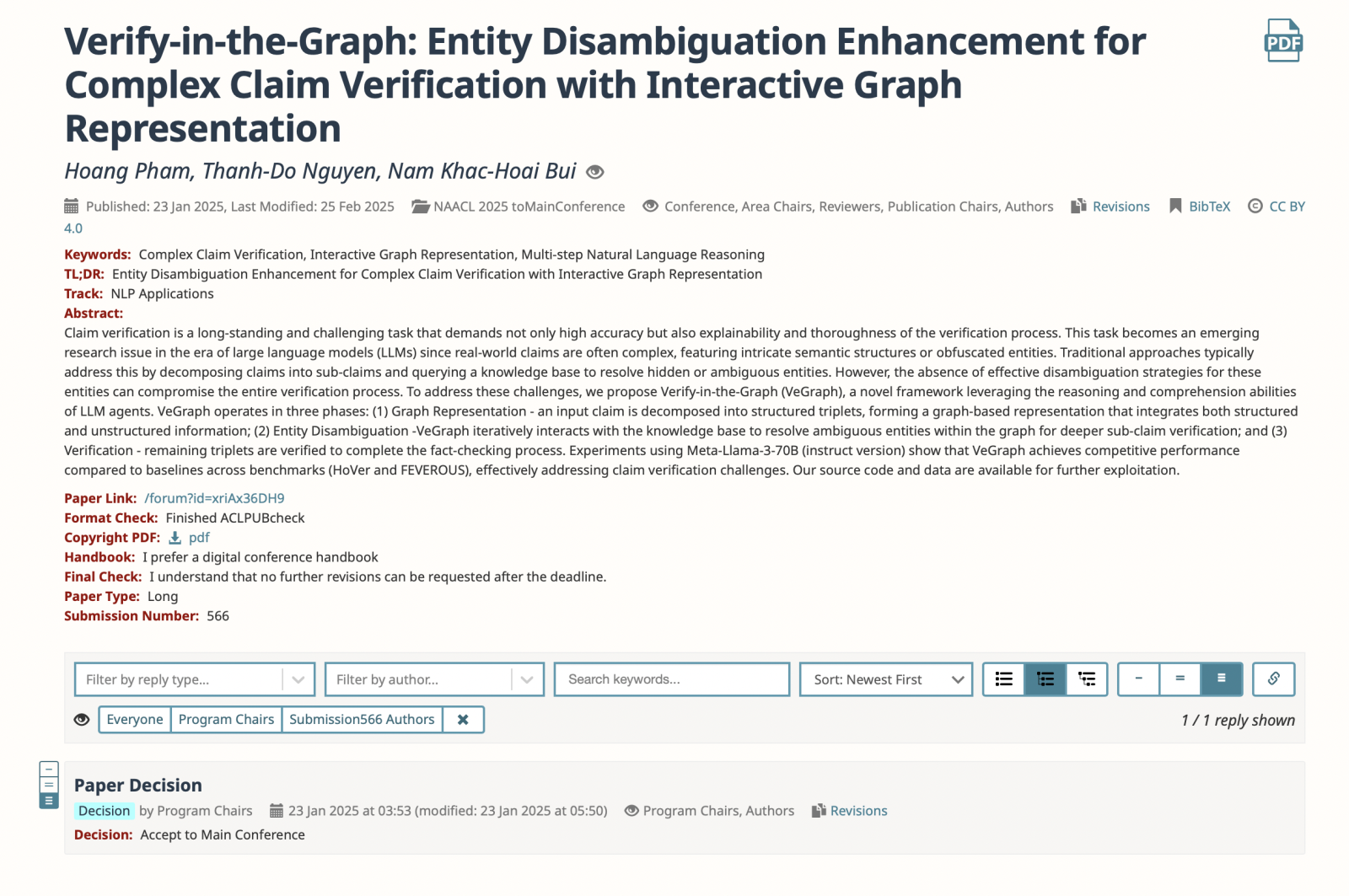




![[Photo] Prime Minister Pham Minh Chinh chairs the first meeting of the Central Steering Committee on housing policy and real estate market](https://vphoto.vietnam.vn/thumb/1200x675/vietnam/resource/IMAGE/2025/9/22/c0f42b88c6284975b4bcfcf5b17656e7)

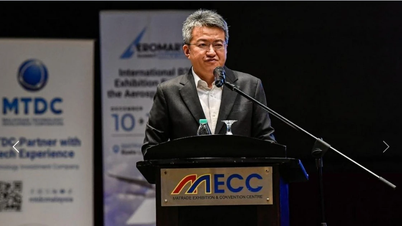




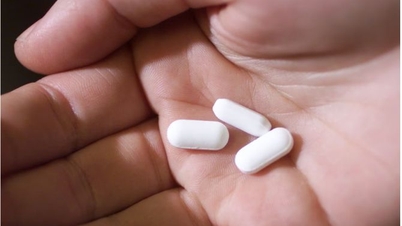
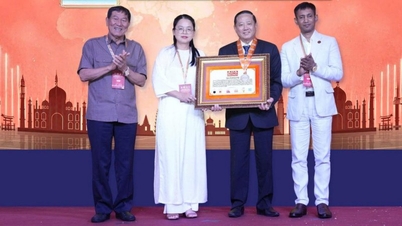






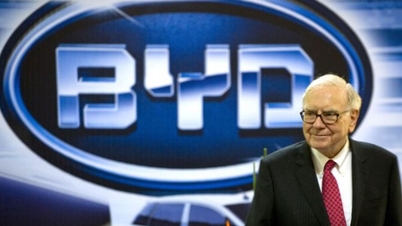



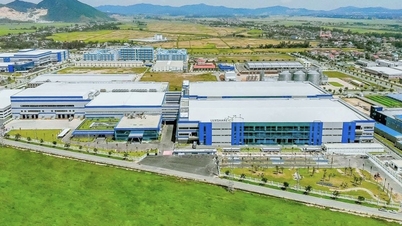
![[Photo] General Secretary To Lam presents the First Class Labor Medal to the Vietnam National Energy and Industry Group](https://vphoto.vietnam.vn/thumb/1200x675/vietnam/resource/IMAGE/2025/9/21/0ad2d50e1c274a55a3736500c5f262e5)






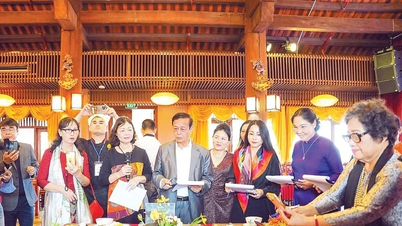





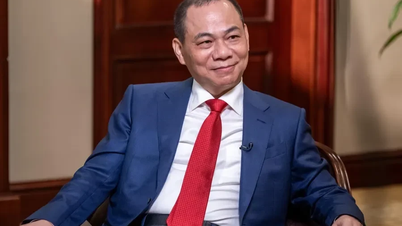
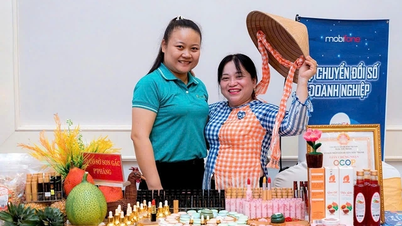



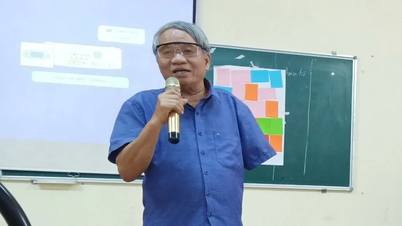









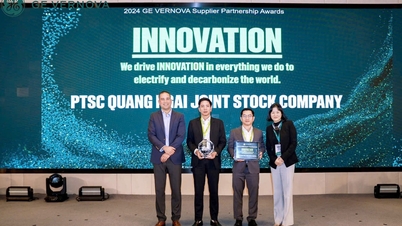









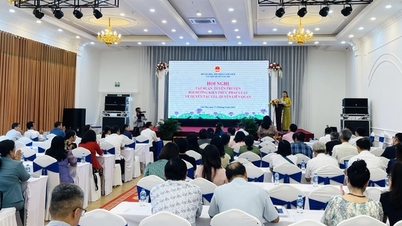


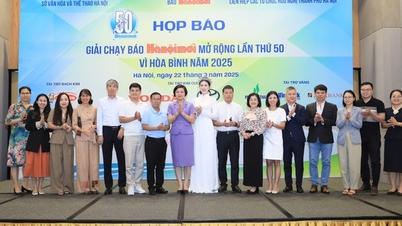
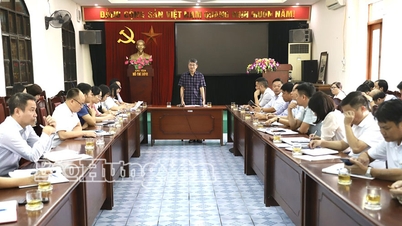

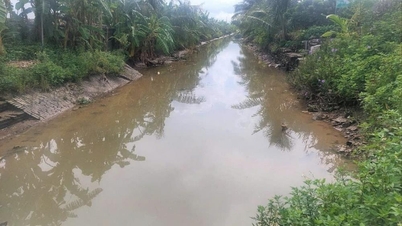

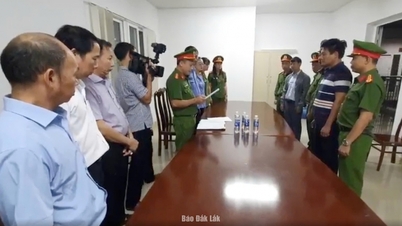




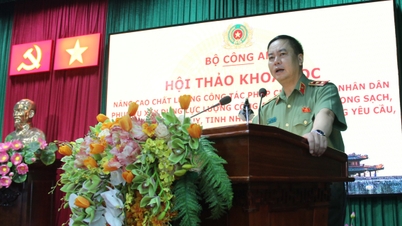
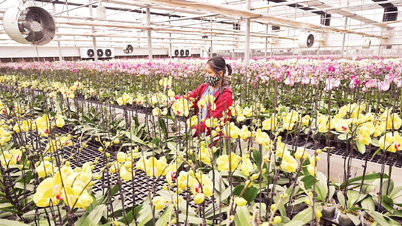













Comment (0)